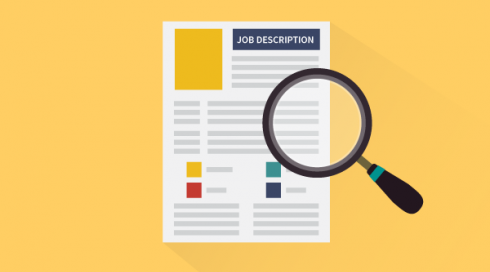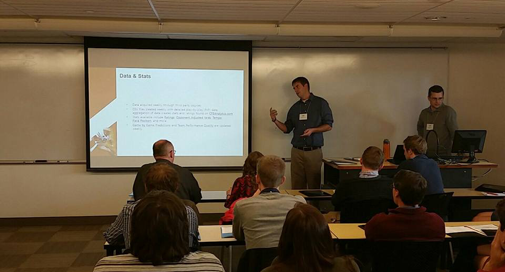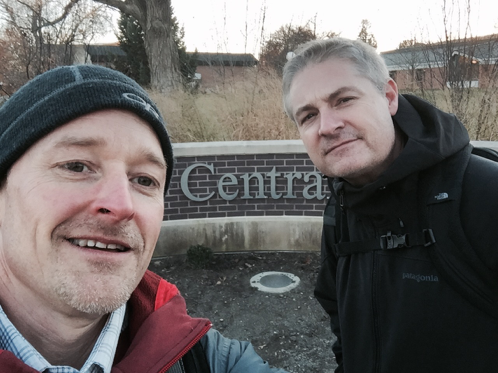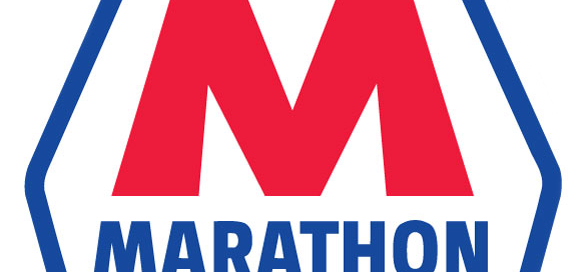Job Creation and Hiring Continues to Increase Into the Fall of 2021
As we continue to navigate how the coronavirus pandemic has affected the economy, working status, and personal lives, members of our modern society are seeing different options for how to function in the world. With more people working and attending classes either partially or fully remote, hiring and retention in the workplace are looking more and more different.
In the early phases of the pandemic, we saw unemployment rise to staggering levels that have essentially not been witnessed by the majority of our society ever before. However, as we push on and adapt to this ever-changing social and professional environment, the development of new jobs and hiring numbers are soaring. In the last few months, over a million jobs have been added — with 850,000 of those being developed by America’s employers in June alone, and these numbers are still growing.
Springing Back From Peak Unemployment
The job market itself is looking quite different than it has before as well. The market is saturated with well-qualified individuals who are looking for work either in their fields or taking this time to transition into new fields. In the early phases of the pandemic, there were not nearly enough open positions to fill with these professionals. As employers are creating new job openings each month in 2021, folks are beginning to find their place in the professional world again.
Why Are More Jobs Becoming Available?
Although the Delta variant has forced many communities, especially those that are highly traveled and have strong tourism industries, to reevaluate their restrictions, many places across the country are starting to see a powerful rebound back from the pandemic’s economic recession. Capacity restrictions in many indoor settings have been restored to nearly pre-pandemic levels, allowing for more hiring within restaurants, retail, sporting events, and concerts. With restrictions in many places loosening, travel by airplane each day is sitting at around 80% of its pre-pandemic traffic levels.
Many companies found the silver lining in the pandemic and took the opportunity with lower business to renovate and remodel. This has been a benefit to construction workers and other infrastructure assessment companies, and with newly refurbished spaces, productivity has increased alongside the ability to bring on more individuals to work for the company. This is a huge benefit to many of the companies that were initially threatened by restrictions associated with the pandemic.
The Strength of Our Recovery
Our transition into a stronger economy is clear in the recovery from our recent pandemic-associated recession. As President Joe Biden is quoted, “The strength of our recovery is helping us flip the script… instead of workers competing with each other for jobs that are scarce, employers are competing with each other to attract workers.” In reality, this is how a capitalist corporate structure should indeed operate, and in its ideal operation, employers should have the need and ability to hire up the entire pool of those applying to work. This is a sign of a strong industrial system and booming economy. Numbers for this fall are also showing favor for hourly rates to rise faster than the pre-pandemic annual pace. New hires are gaining full-time work, and the number of those who have to settle for part-time work has reduced as well.
Overall, the current administration and operation of corporations seem to be bringing the economy to a satisfactory and safe level from the pandemic and associated recession. We have positive growth in the future as we continue to adapt to working and living in a society recovering from and still in many ways dealing with the coronavirus pandemic.








